Where a is the slice, and i is the index of the element you want to delete:
a = append(a[:i], a[i+1:]...)
... is syntax for variadic arguments in Go.
Basically, when defining a function it puts all the arguments that you pass into one slice of that type. By doing that, you can pass as many arguments as you want (for example, fmt.Println can take as many arguments as you want).
Now, when calling a function, ... does the opposite: it unpacks a slice and passes them as separate arguments to a variadic function.
So what this line does:
a = append(a[:0], a[1:]...)
is essentially:
a = append(a[:0], a[1], a[2])
Now, you may be wondering, why not just do
a = append(a[1:]...)
Well, the function definition of append is
func append(slice []Type, elems ...Type) []Type
So the first argument has to be a slice of the correct type, the second argument is the variadic, so we pass in an empty slice, and then unpack the rest of the slice to fill in the arguments.
